Xeen 16MM Lens Overview
Today we’re taking a brief look at the new Xeen 16mm PL mount. This is a cinema lens packed into some affordable pricing. I haven’t seen anything like it out on the market. This is a piece of glass that has a unique look, comparable to some of the qualities normally found in higher end glass. We took a day and put it up against the Cooke S4, the Canon CN-E, and the Leica R. We compared the weight, mount, T-stop, mechanics, focus, distortion, vignetting, lens flares, color, image quality, contrast, sharpness and bokeh. You can check that article out here for a more in-depth look. – here’s a teaser:
Music via Musicbed
On to our Xeen 16mm overview!
When you first hold it, the Xeen 16mm feels great. It doesn’t feel cheap at all. The mechanics are solid and everything works just as well as when we first took it out of the box nine months ago.
It weighs in at about 2.5 lbs with a T-stop of a T2.6. This is a faster lens than others at this focal length, which is great. Close focus is 1 foot. It has hard stops – this is a real cinema lens, folks.
Let’s talk about some of the specifics.
Lens Flare
Lens flaring is a result of light reflections within the lens itself. Lens bounces back and forth between the glass elements and flares the lens. Flare color depends on the lens coating.
The Xeen’s flare beautifully. They do what I always love on the Cooke – it looks like a starburst that kind of comes off the glass. It looks so cool and gives you these dichroic aberrations that shoot out. It contains many different colors and looks like it’s blurred. This starburst is the outermost layer of the flare. Inside you get this triangle-looking flare with some oval shapes – all varying in color.
The flare around the source milks out beautifully. You get a slight haze around the light as it fully milks the image out. The whole thing has a magenta tinge to it. That’s usually the shift you want because it looks pleasing.
What you don’t get are the concentric circles. You’re not seeing those in this lens’ flare. Instead, you’re seeing these triangle shapes along with incredible striations.
The flaring is completely unique on this lens. It looks fantastic.
Bokeh
Bokeh is rendered completely by the lens. It has nothing to do with sensor size or anything with the camera. Not all lenses are capable of rendering bokeh. I’m not talking about background blur, that’s depth of field. There’s a difference. All lenses are capable of producing out of focus background blur. When we analyze bokeh, we are talking about the quality of the out of focus elements. The bokeh on the Xeen 16mm looks very good. We’re not getting any stop sign pattern or any football shapes. It looks fairly circular.
The Cooke lenses will give you stop sign bokeh if you’re not shooting wide open. This happened a lot in Need for Speed. We were filming an action sequence at night – this was the Mt. Kisco race scene. I was lighting mainly with available light and would place additional lights along our race route. I could have shot wide open, but I didn’t want to because I didn’t want my focus pullers to kill me. I had to give them a fighting chance. The eight-leaf linear iris module just doesn’t cut it. You need 11, like what the Xeen has.
Even if you’re shooting at a T5.6 or a T16 with a Xeen, you’ll always have beautifully out of focus bokeh. You just won’t see stop signs anywhere.
We’ve spoken before about how you don’t want the audience to be taken out of the experience. Your job as a cinematographer is to help heighten actors’ performances. You are in charge of the look of the film. If you draw attention away from anything other than what the audience is supposed to be looking at, then you haven’t done your job properly. There are times where you’ll need to compromise, such as in Need for Speed, when the depth of field I wanted meant I had to go with the bokeh. This is why knowing the limits of your lenses are a great asset.
With the Xeen 16mm, I feel like I could do a lot. I think the flaring is nice and beautiful and the bokeh is creamy. The transition between the out of focus highlights is smooth and pleasing to the eye. Even better yet, this lens is at a price point that makes it affordable for many more filmmakers than say, a Cooke. Testing lens qualities is hugely important. When testing a lens you want to find out its strengths and its weaknesses so that you can best utilize its characteristics for the right job. You want to know exactly what you’re going to get out there in the field. These Xeen lenses produce a look that I can definitely get behind.
Let’s wrap up what we talked about:
- The Xeen 16mm is a cinema lens with affordable pricing
- The lens doesn’t feel cheap
- Mechanics are smooth. It’s a real cinema lens
- It weighs about 2.5 lbs
- The widest it opens is a T2.6
- Close focus is 1 foot
- The flare produces this starburst effect
- Also contains dichroic aberrations with these inner triangle shapes
- You’re not seeing any concentric circles in this lens flare
- The frame milks out beautifully fully flared
- As a cinematographer you want to keep the audience engaged with the story
- You want to heighten an actor’s performance
- Bokeh refers to the out of focus background highlights
- Bokeh on the Xeen 16mm looks circular
- No stop sign pattern like on the Cooke
- Bokeh shape has to do with the number of iris blades on the lens
- The more iris blades a lens has the more circular the bokeh will be
- The Xeen 16mm has 11 iris blades
All our RED footage is handled in full res in real time on our dueling HP Z840 workstations and monitored on HP Z24x DreamColor monitors.
Read Xeen 20mm Lens Overview >>
Get The Complete XEEN Lens Test: 14mm, 24mm, 35mm, 50mm, 85mm
Equipment List:
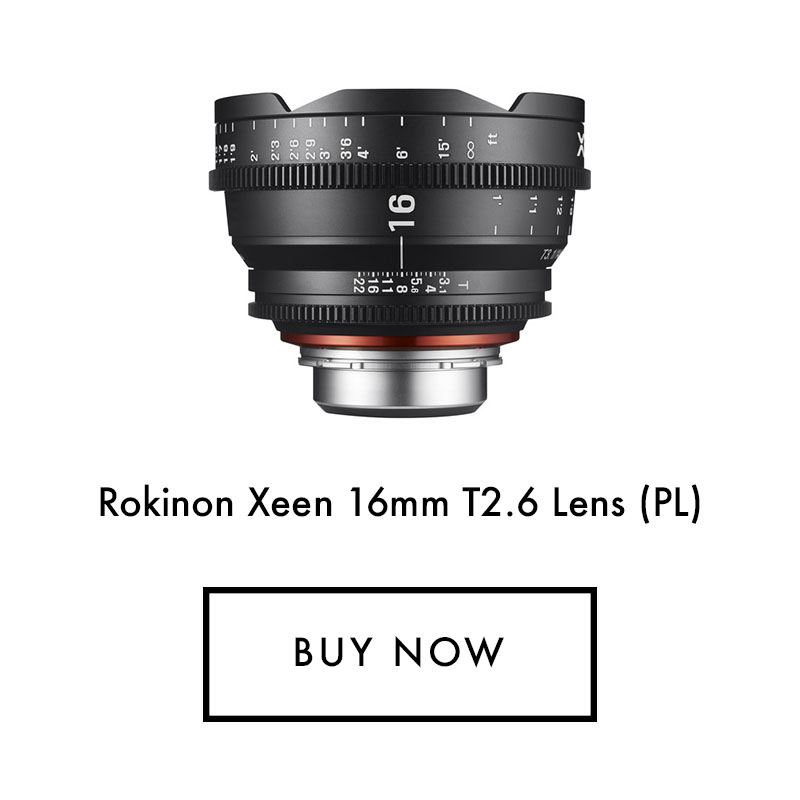 |
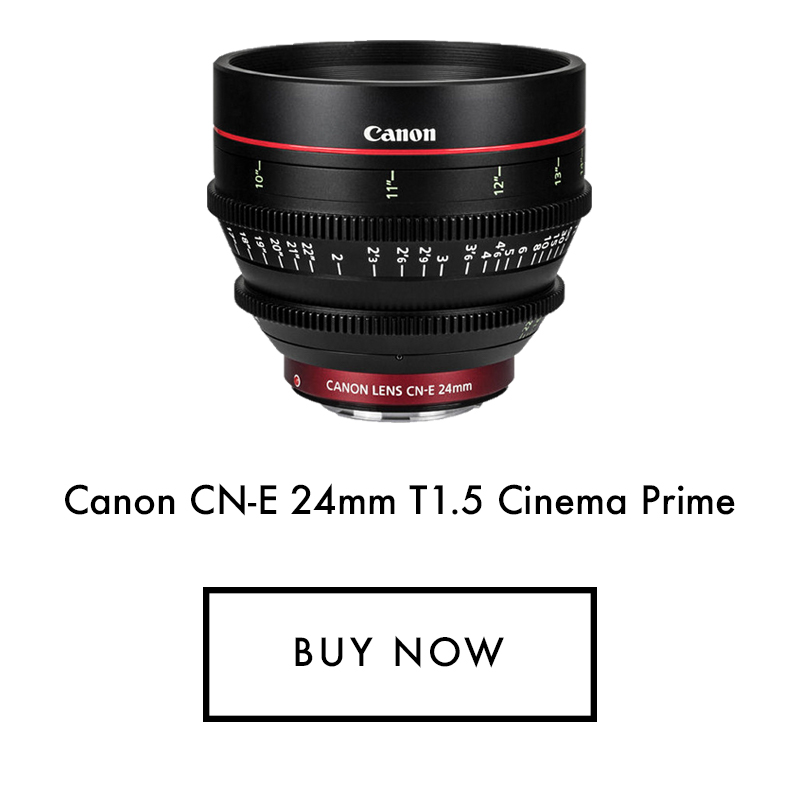 |
 |
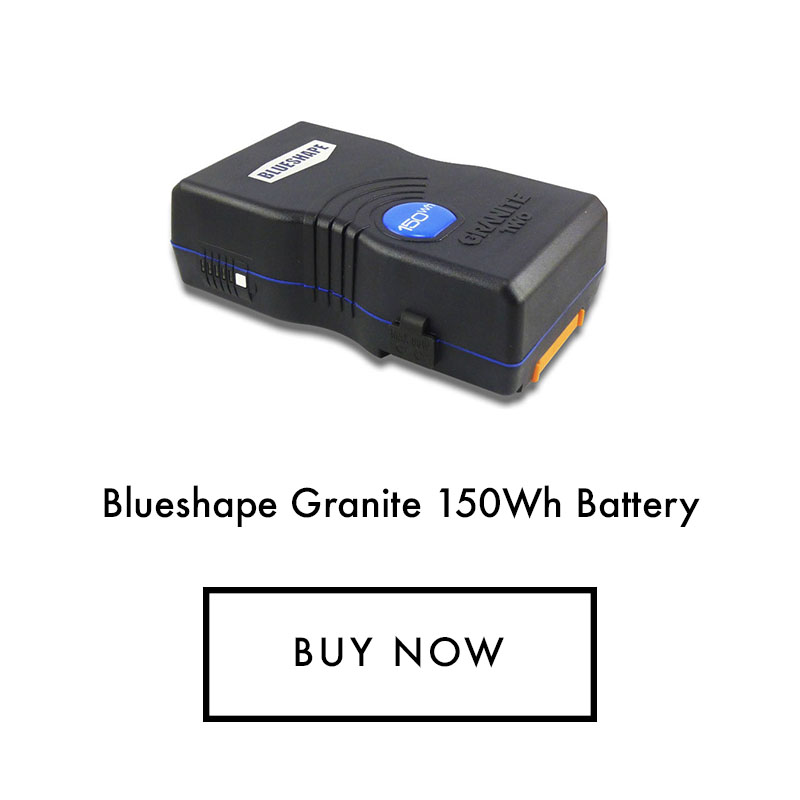 |
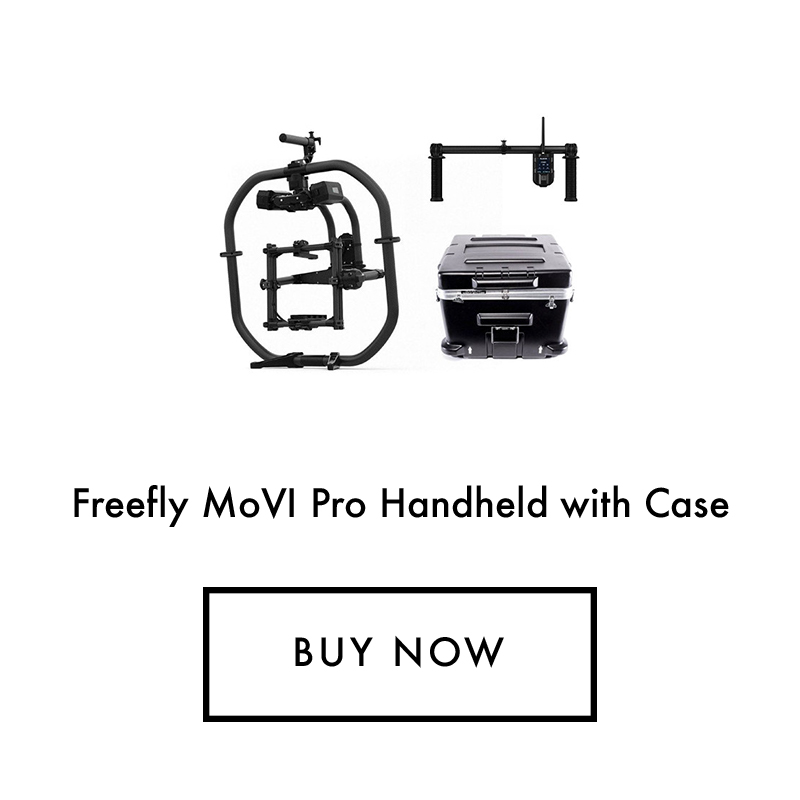 |
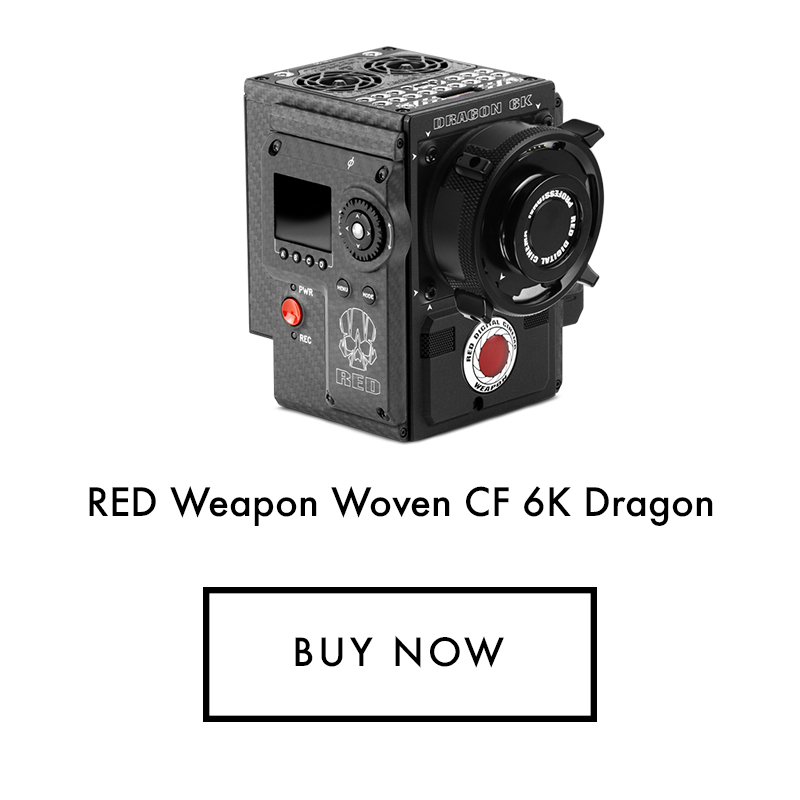 |
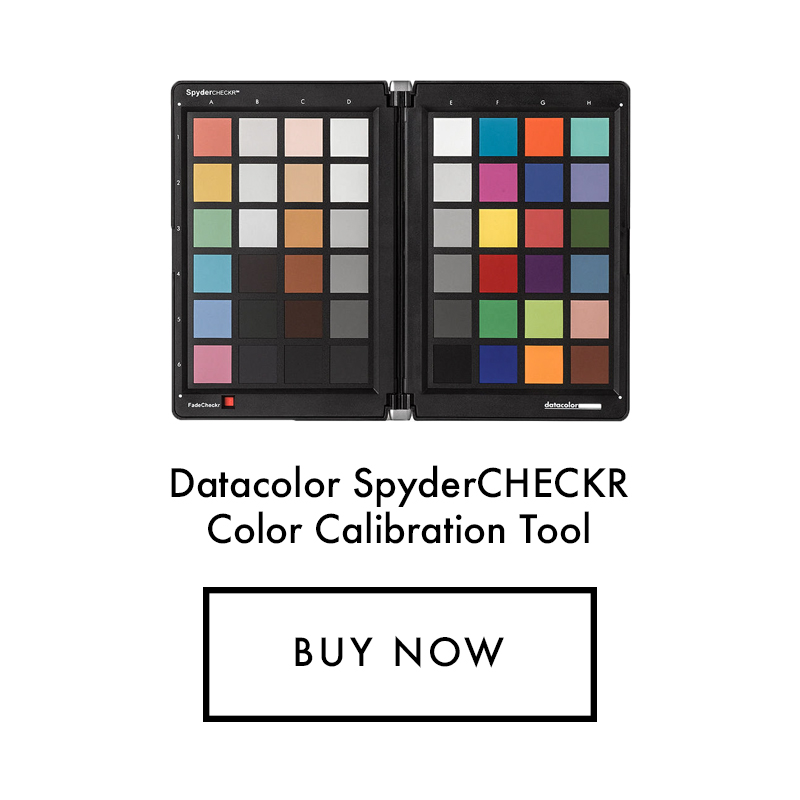 |
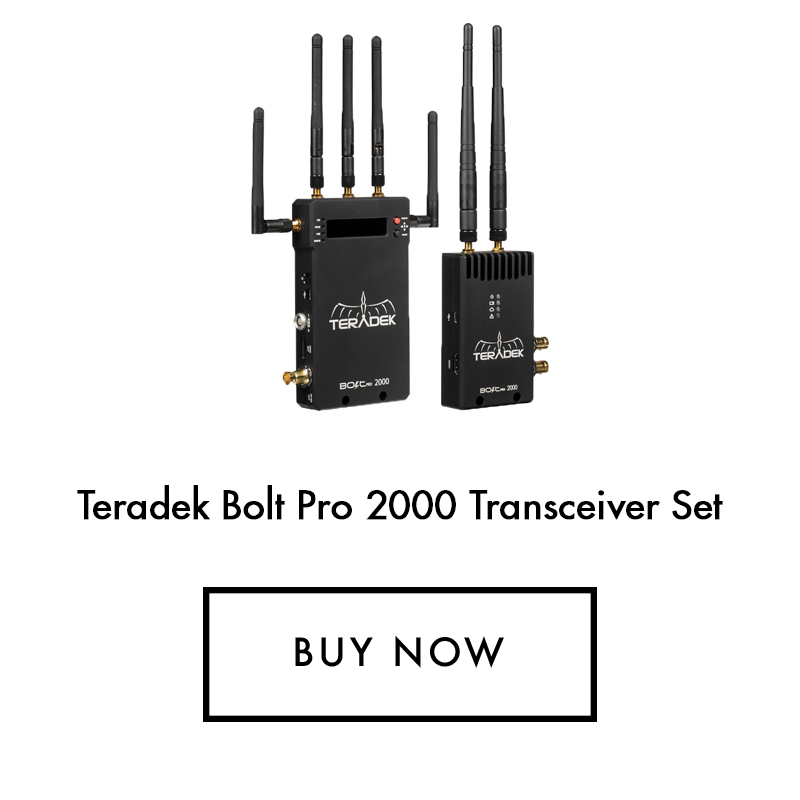 |
 |
 |
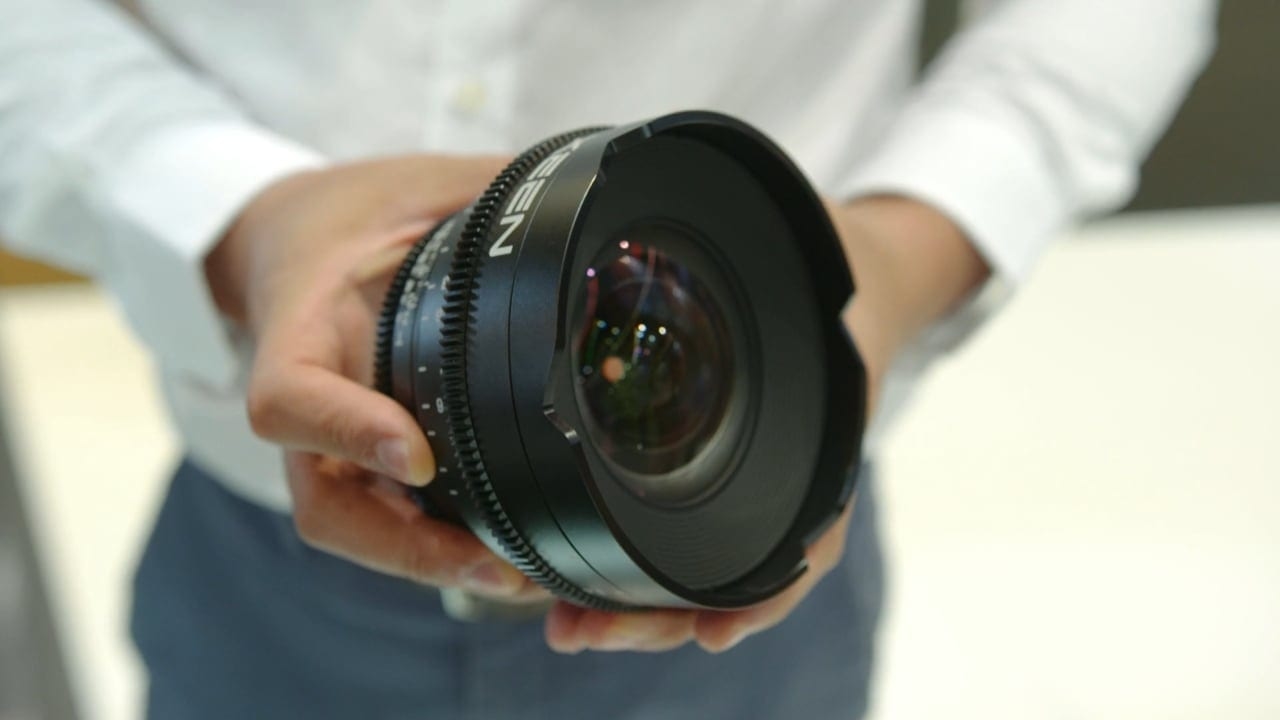
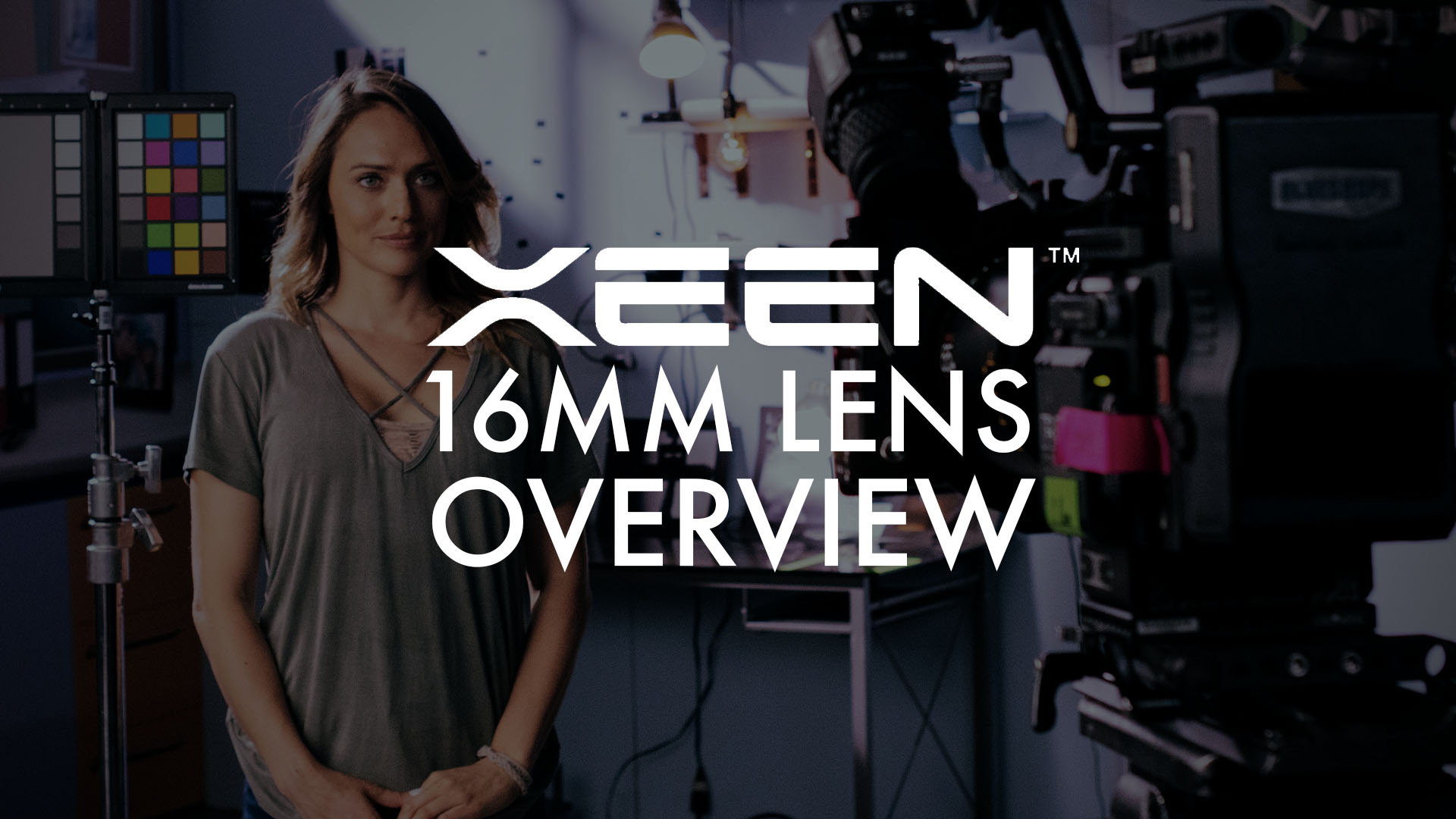
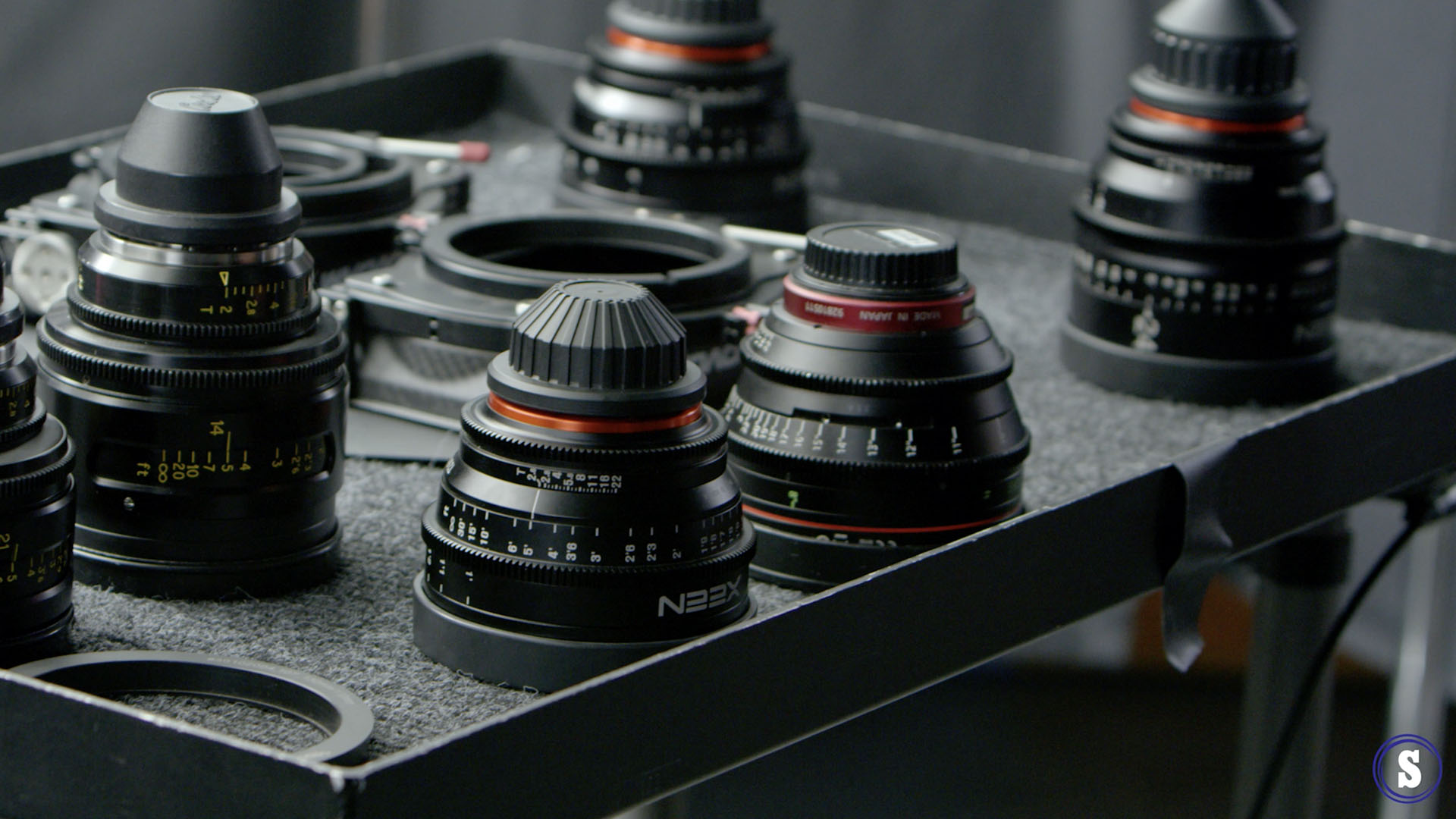
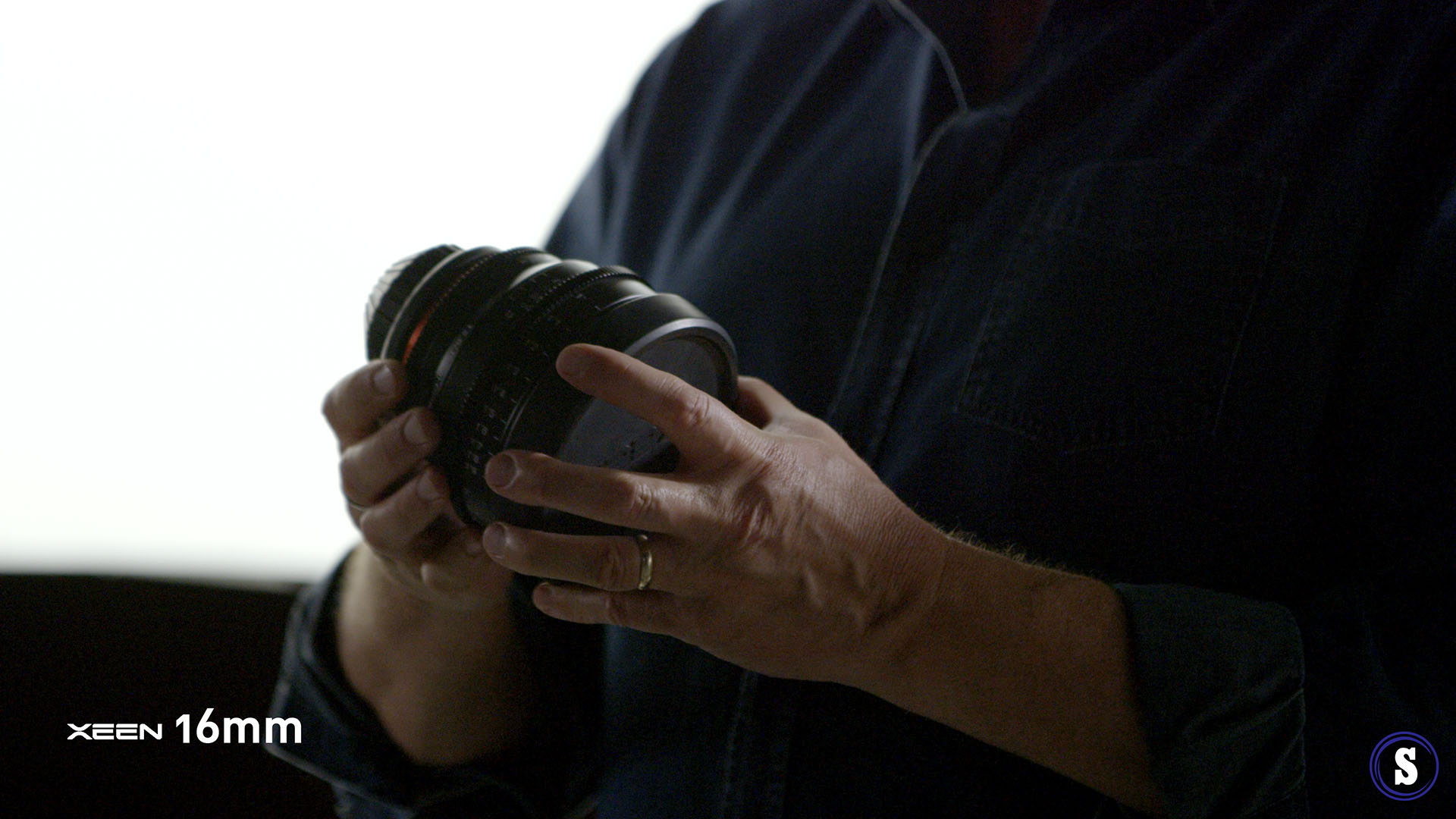
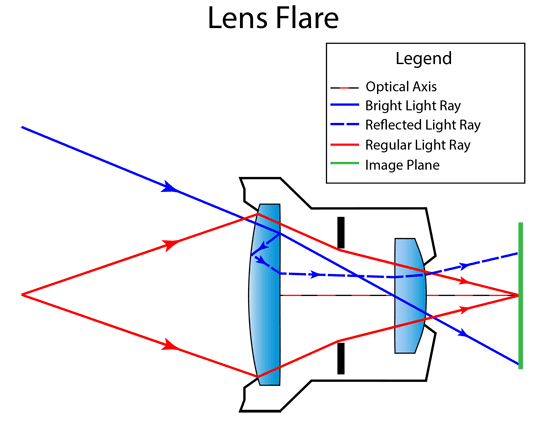
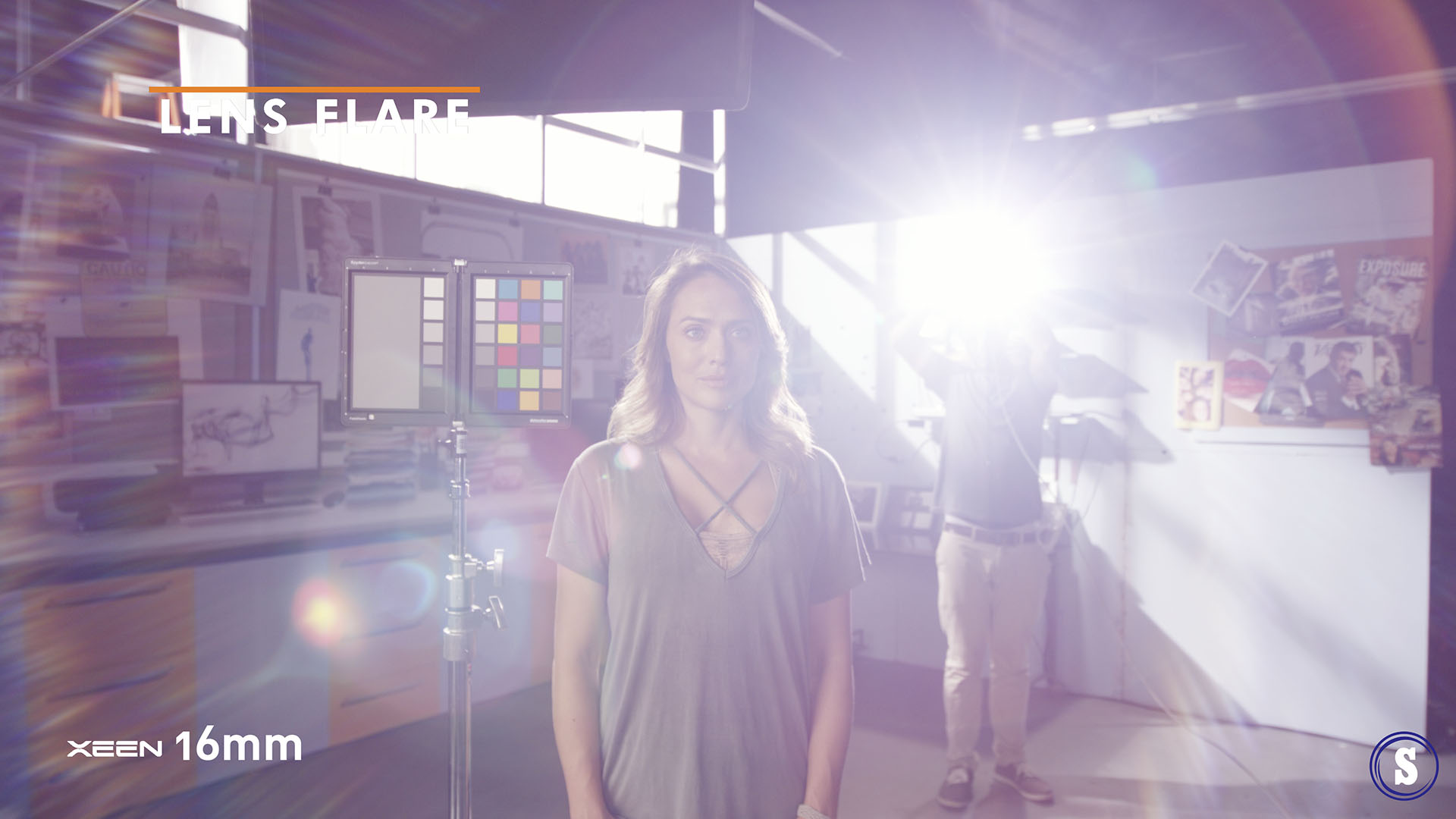
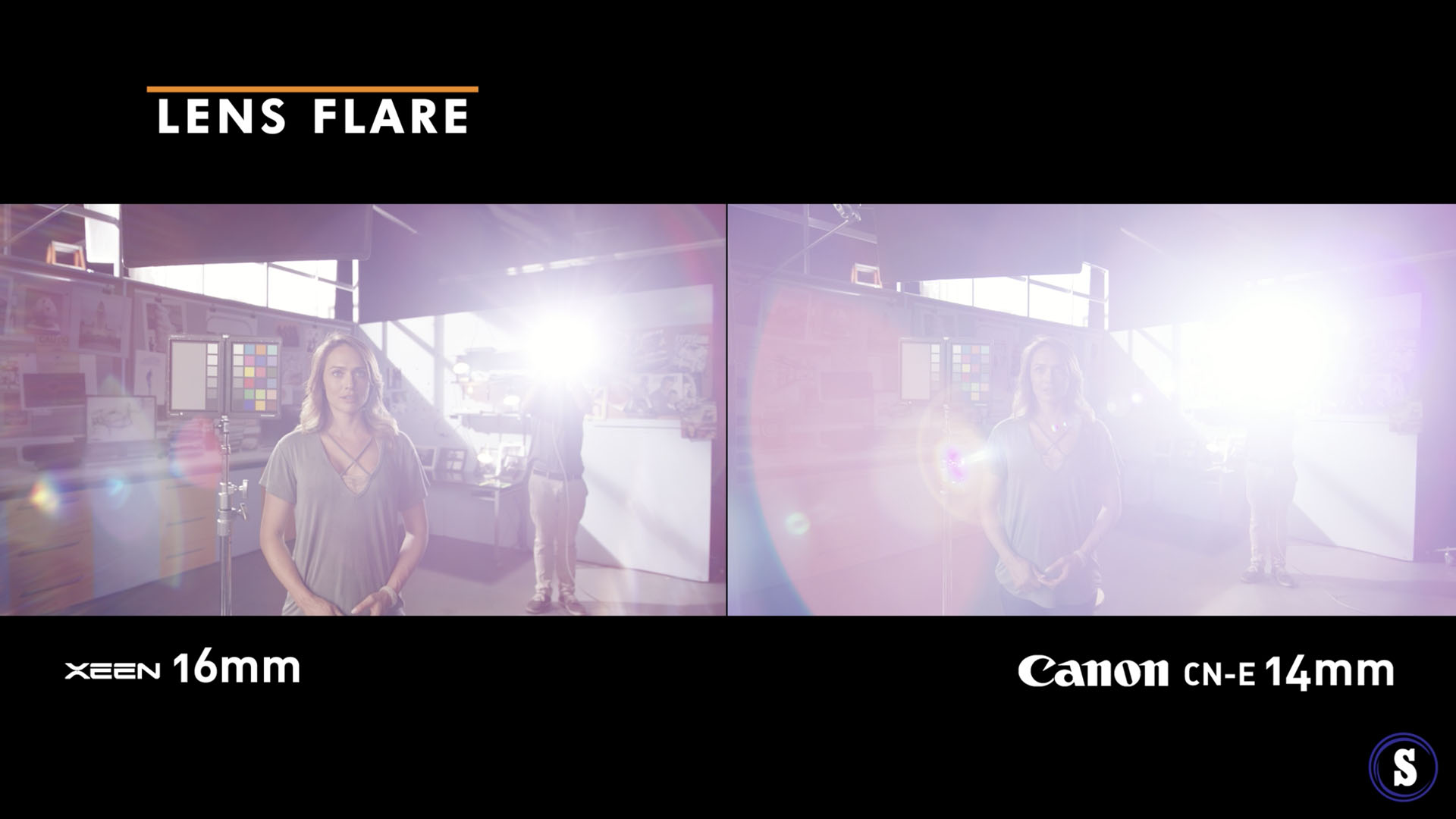
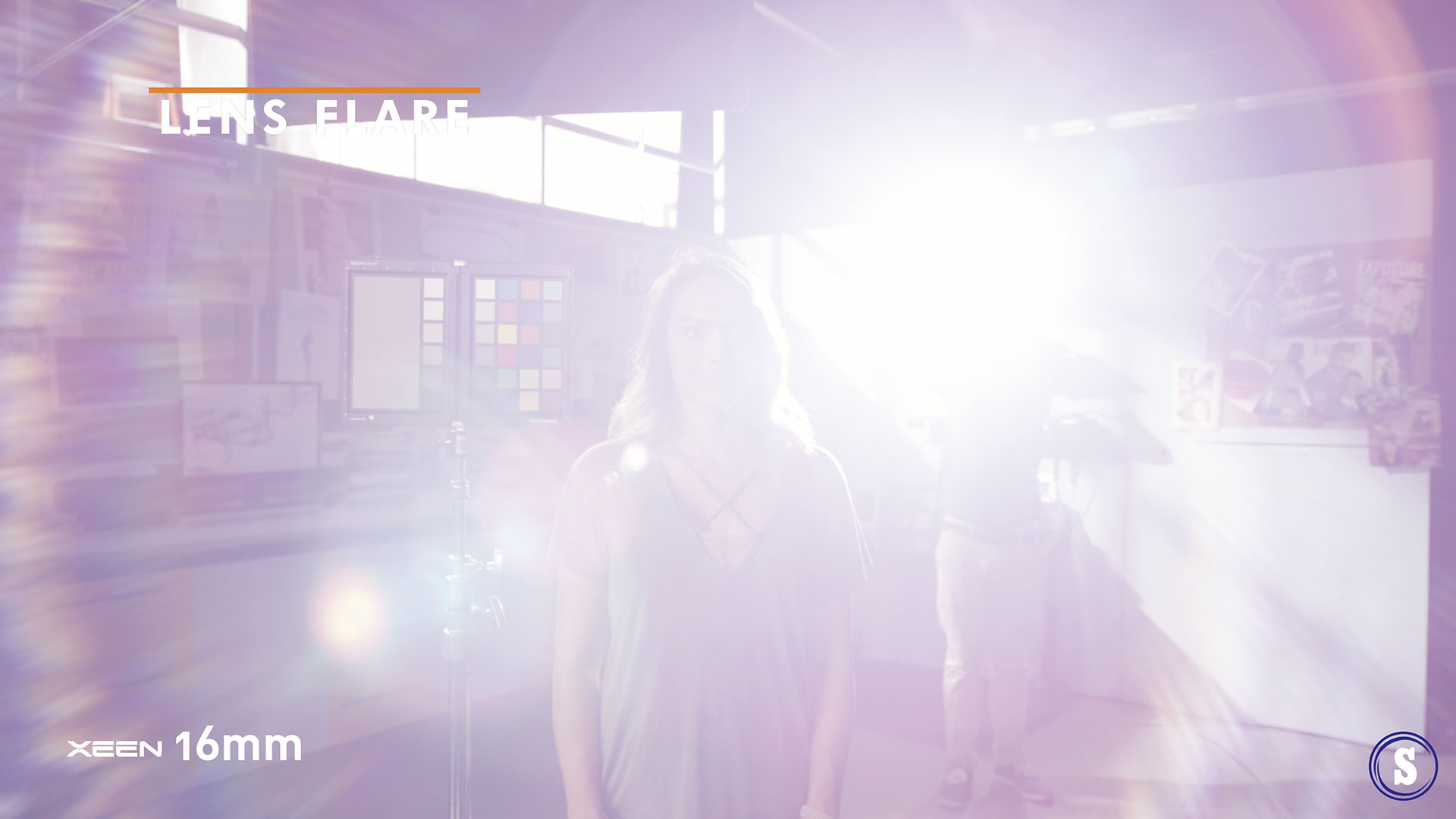
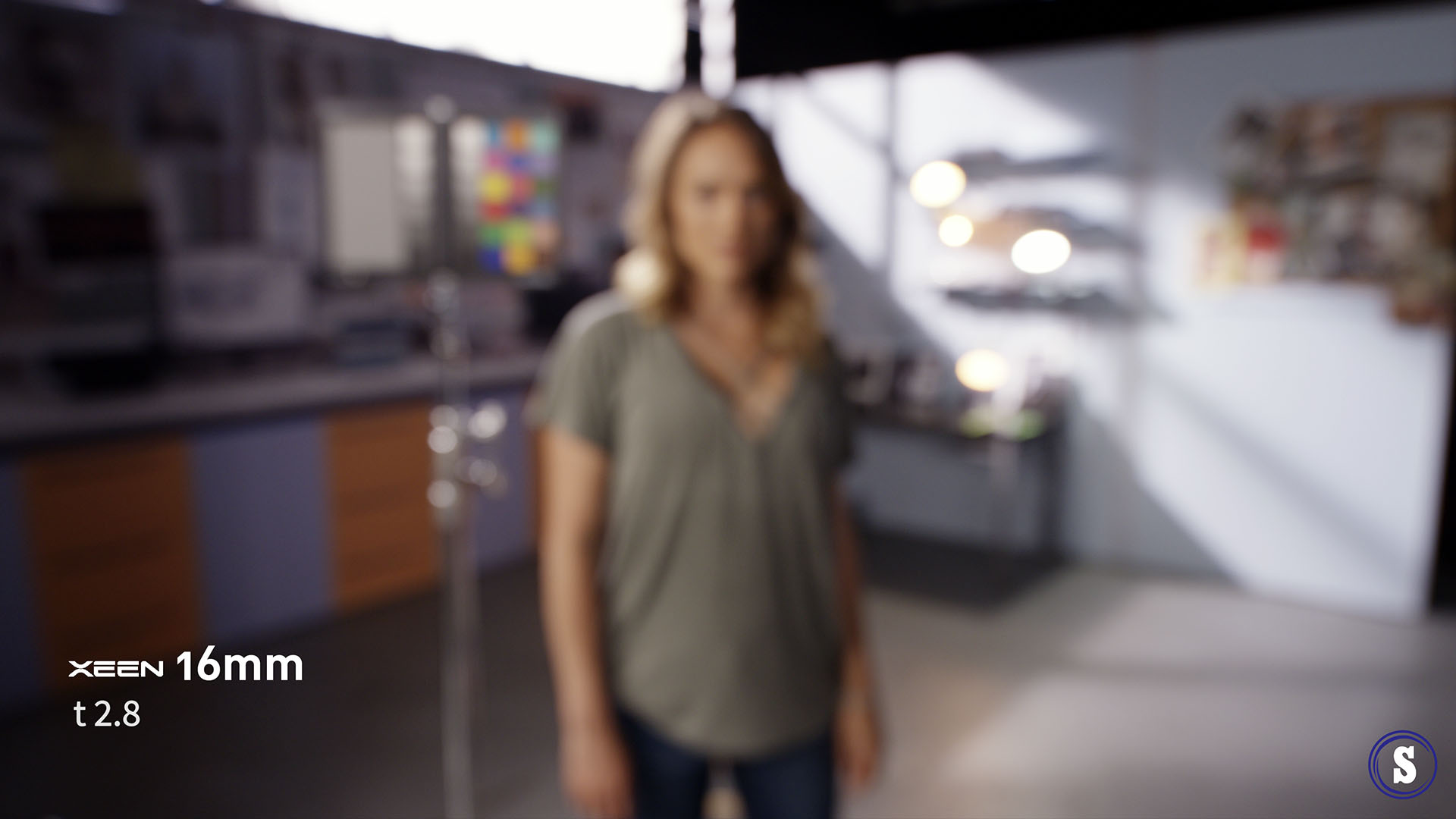
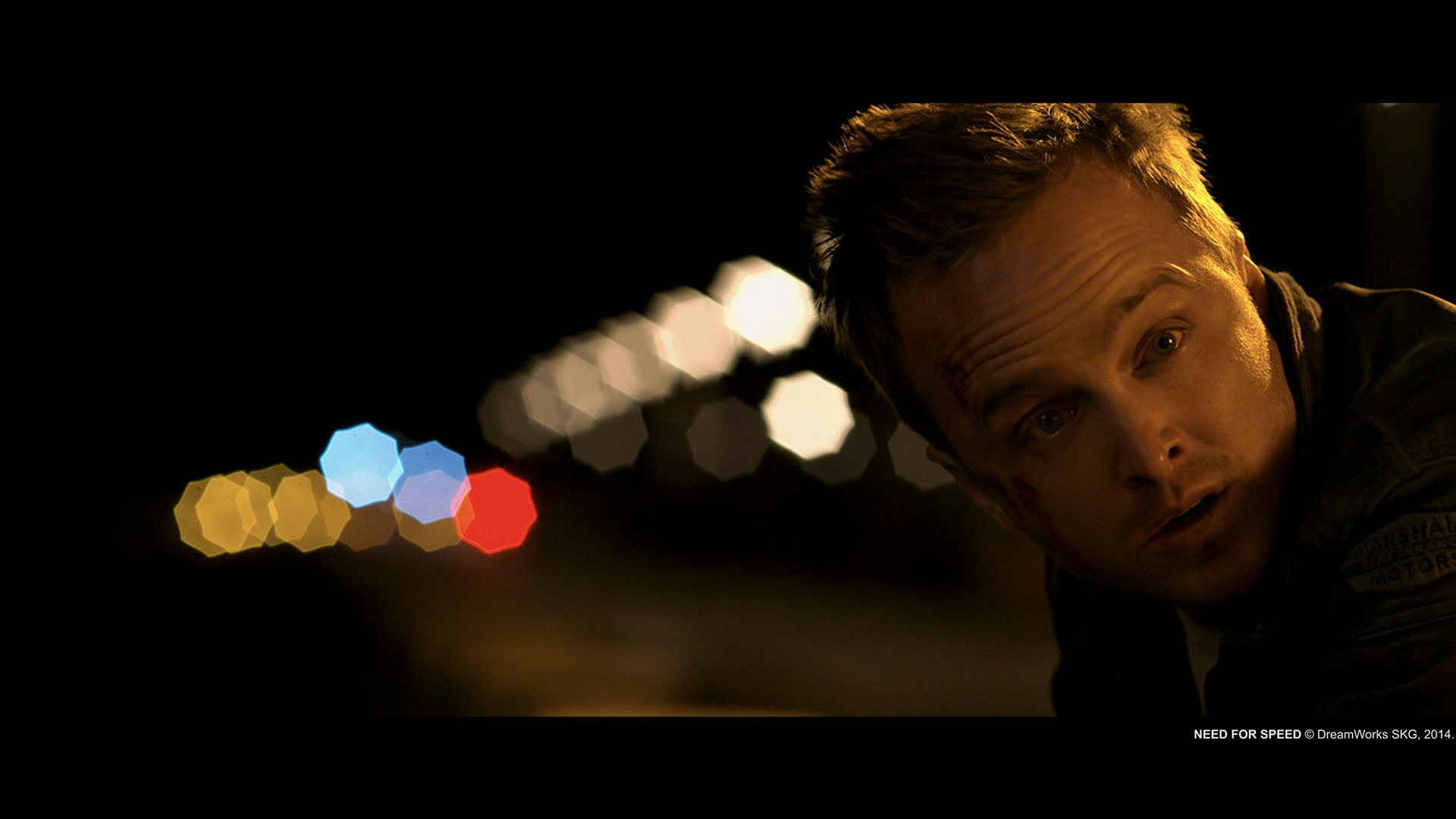
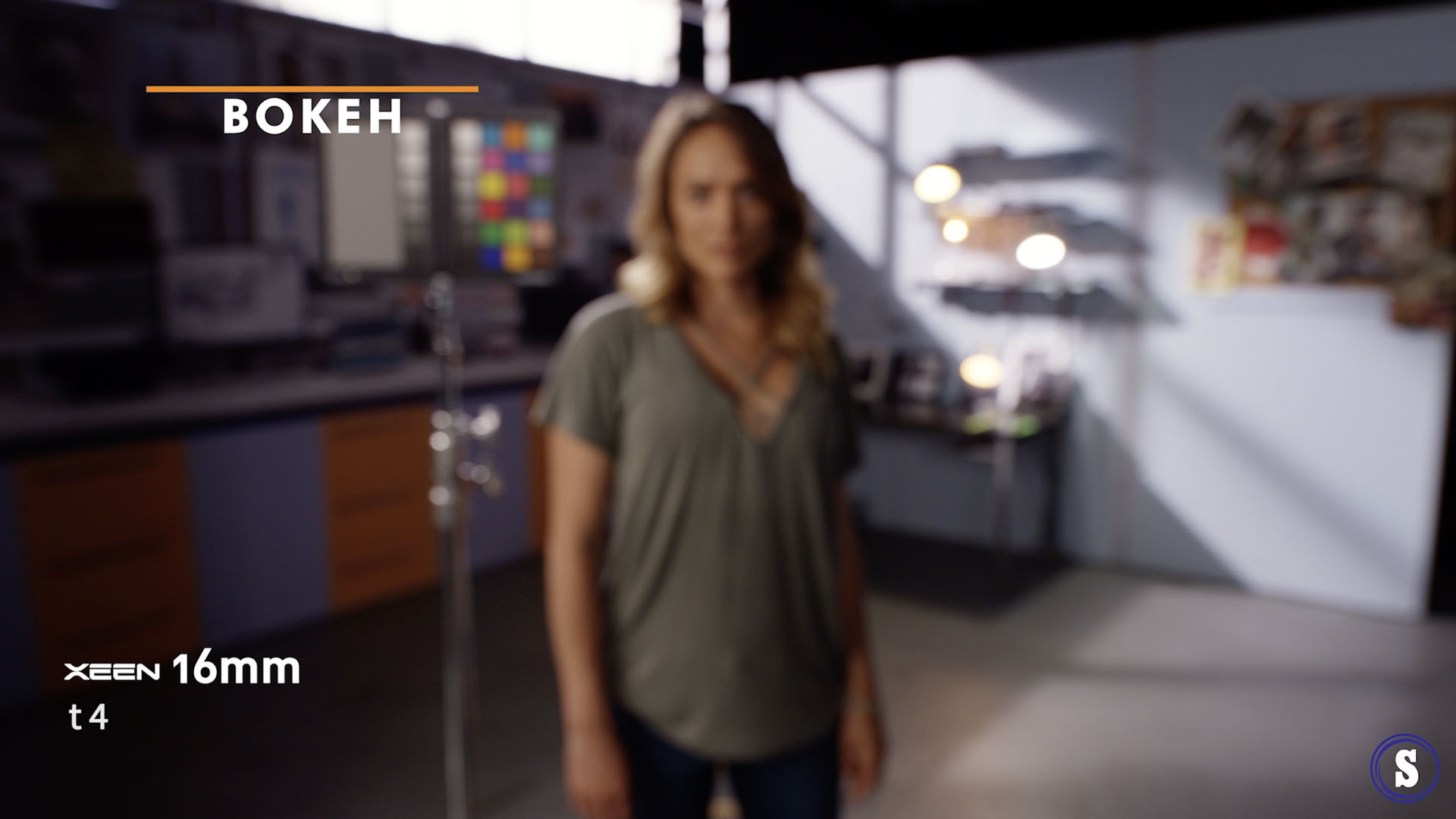
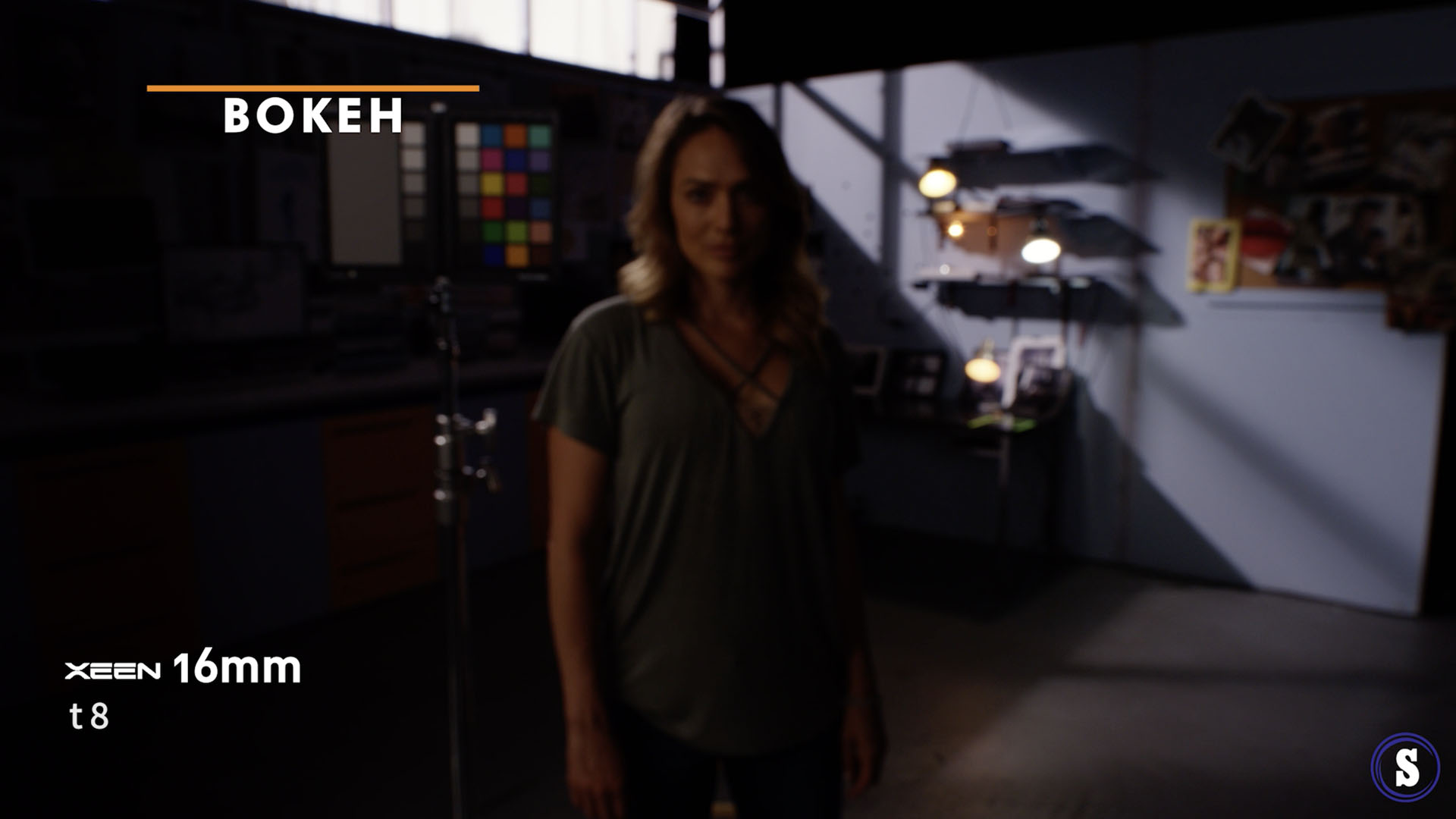
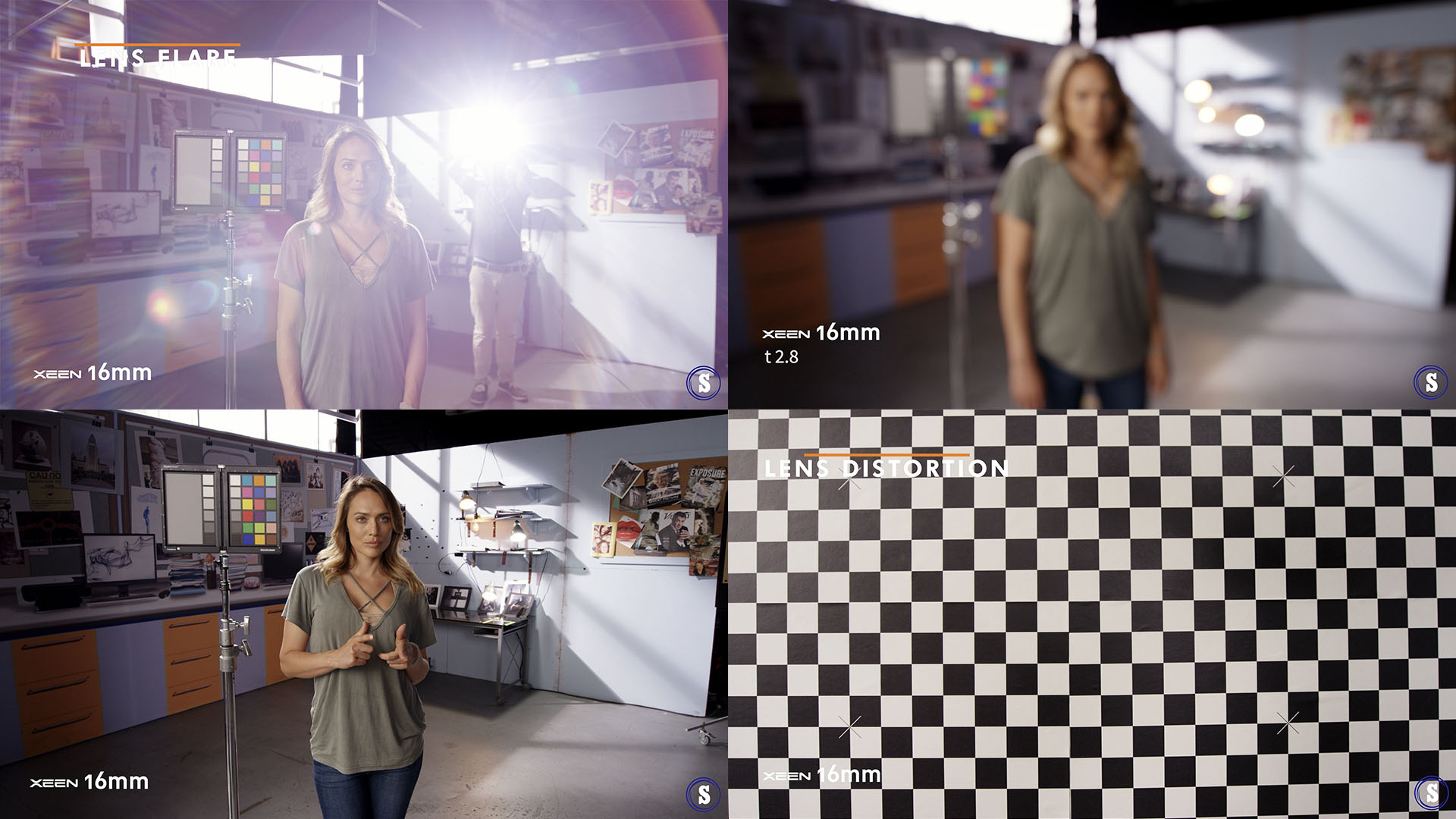
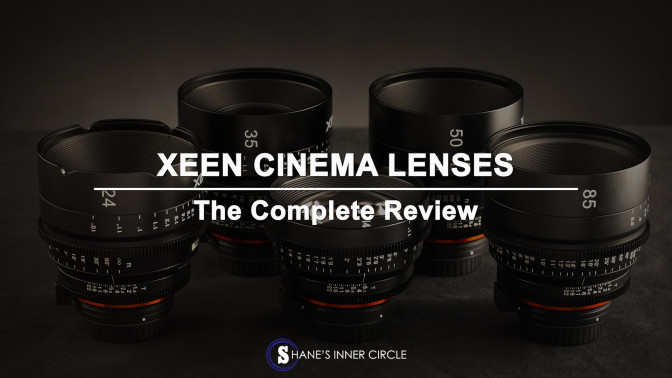

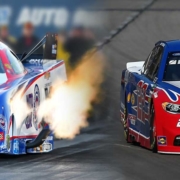
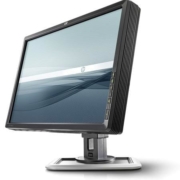
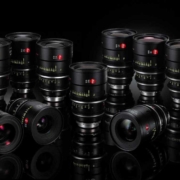
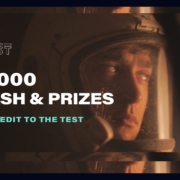
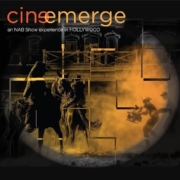



I recently bought the Tokina 11-16mm Wideangle. I’m a baller on a budget.